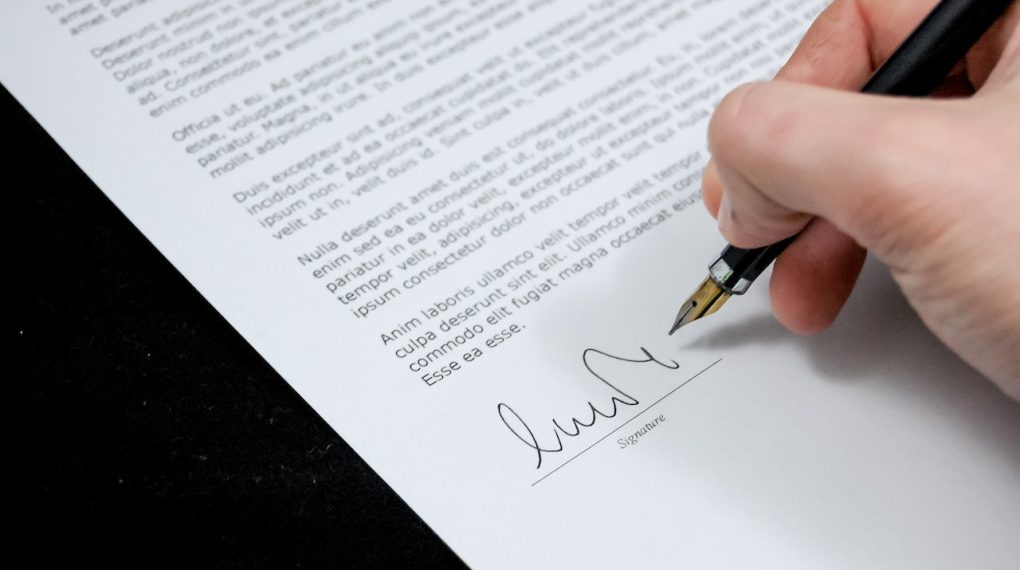General Business Analysis
- Jeff Bezos saw a growing trend and it was clearly sustainable, that’s the reason he took a bet unlike crypto or NFT
- It was a win-win for all but retail stores like Walmart
- Customer decision was made on low price and convenience which they did successfully
- The volume of orders played a key role in bringing salespeople onto the system
- If the customer is happy and the supplier/manufacturer is happy, it’s a good business.
Why Amazon became successful?
- One of the most customer behavior is laziness, and shopping pattern-changing opportunities while saving money
- Always chose to Innovate on scale side by side while knowing that most of them will fail but some of them will make market leaders
- People had to take less effort, everything in one place, and lazily available on the phone/computer/office/home/on time/on delays which wasn’t just saving time but also reduced the work for men, which is a very good thing. Disrupting the existing models, from complex shops and showrooms to everything online on fingertips is one of the most loathing and consumer transformation things that happened.
- Became lazy, saved money on Amazon,
- Thinking of cheap ways to make a business happen and managing the quality is the way to reduce to burden and grow t through the Internet.
- ‘‘In the short term, the stock market is a voting machine; in the long term, it’s a weighing machine.’’ – Benjamin Graham
- Industry growth and new customer adoption will be driven over the coming years by relentless
improvements in the customer experience of online shopping. These improvements in customer experience will
be driven by innovations made possible by dramatic increases in available bandwidth, disk space, and
processing power, all of which are getting cheap fast. – they saw this in 2000 and made eCommerce experience good being a giant so people can adapt - Price performance of processing power is doubling about every 18 months (Moore’s Law), price
performance of disk space is doubling about every 12 months, and price performance of bandwidth is doubling
about every 9 months. Given that last doubling rate, Amazon.com will be able to use 60 times as much
bandwidth per customer 5 years from now while holding our bandwidth cost per customer constant. Similarly,
price performance improvements in disk space and processing power will allow us to, for example, do ever
more and better real-time personalization of our Web site. – This prediction was mindblowing for the time 2000 - ‘‘It’s All About the Long Term.’” for us, MixCOmmerce and Rana Jayant, We belive it’s all about long term.
- Until July, 2000 Amazon.com had been primarily built on two pillars of customer experience:
selection and convenience. In July, as I already discussed, we added a third customer experience
pillar: relentlessly lowering prices. You should know that our commitment to the first two pillars
remains as strong as ever - Why focus on cash flows? Because a share of stock is a share of a company’s future cash
flows, and, as a result, cash flows more than any other single variable seem to do the best job of
explaining a company’s stock price over the long term. - We trade real estate for technology (which gets
cheaper and more capable every year). We display customer reviews critical of our
products. - People see that we’re determined to offer both world-leading customer experience and the lowest possible
prices, but to some this dual goal seems paradoxical if not downright quixotic.
Traditional stores face a time-tested tradeoff between offering high-touch customer
experience on the one hand and the lowest possible prices on the other. How can
Amazon.com be trying to do both?
The answer is that we transform much of customer experience—such as unmatched
selection, extensive product information, personalized recommendations, and other new
software features—into largely a fixed expense. With customer experience costs largely
fixed (more like a publishing model than a retailing model which requires a lot of hard cash and recurring expenses). - The publishing costs as a percentage of sales can shrink event further as we grow our business.
Jargons I learnt
Free cash flow (FCF) is the money a company has left over after paying its operating expenses (OpEx) and capital expenditures (CapEx).
What will not change after 10 years?
Post Views: 166

